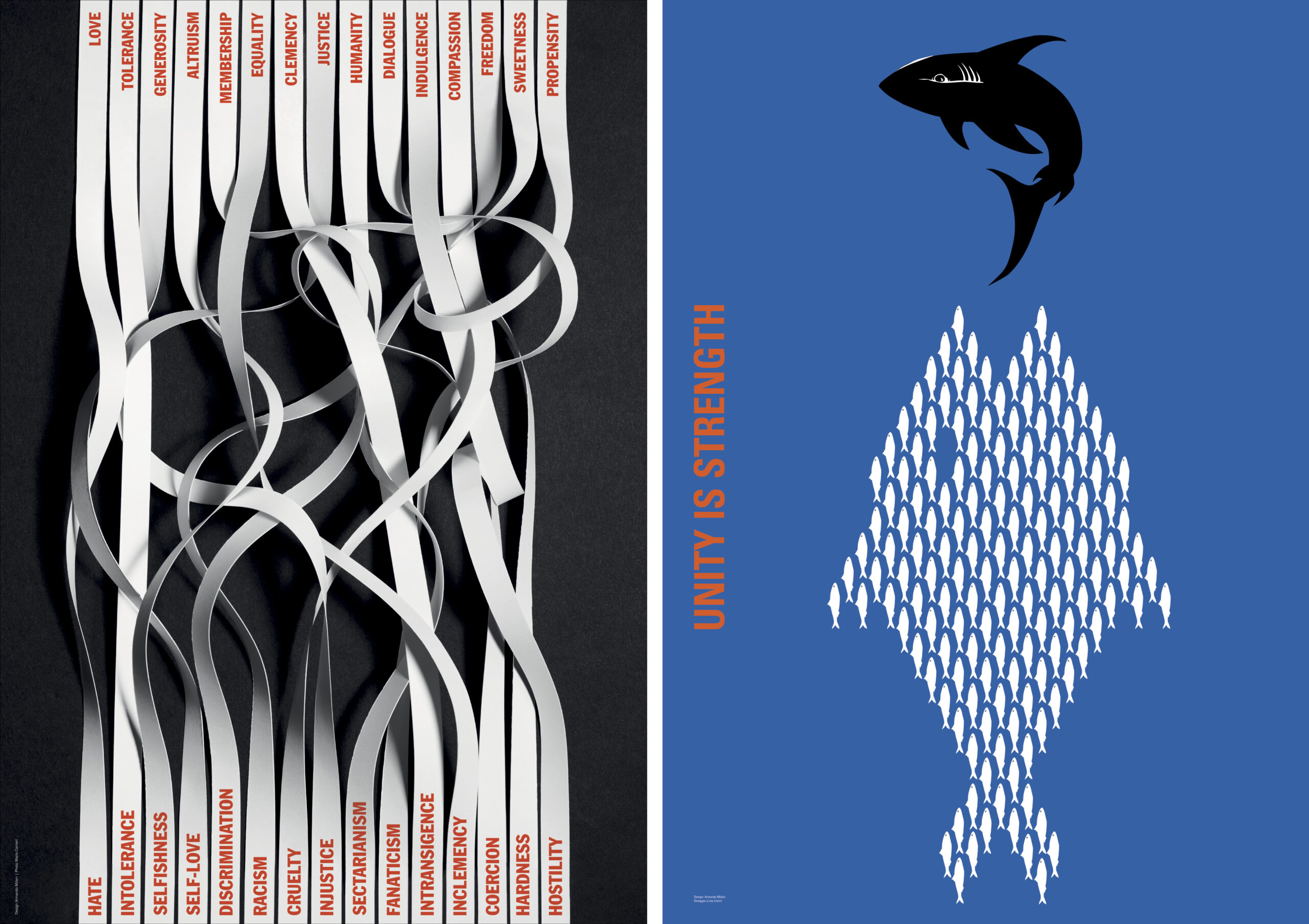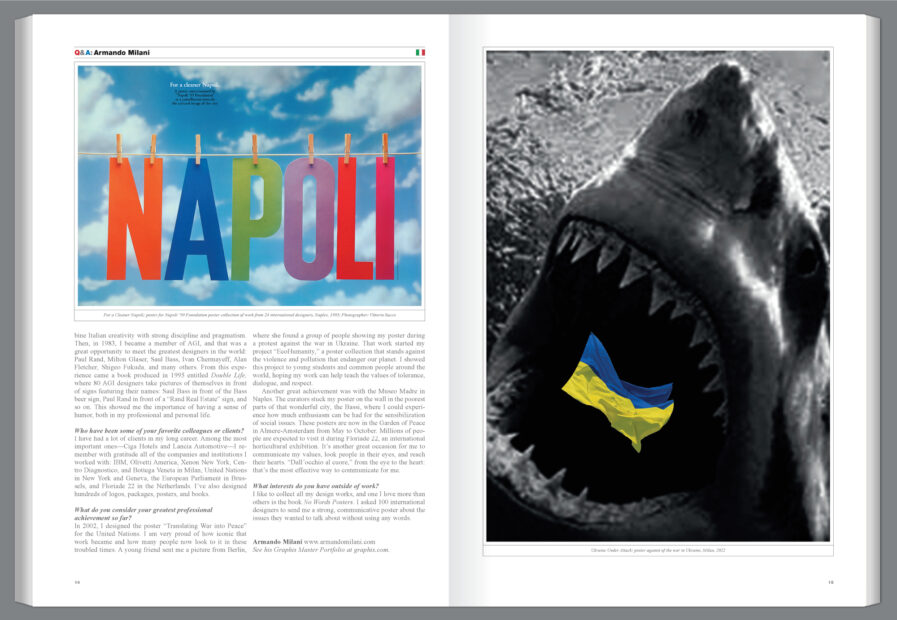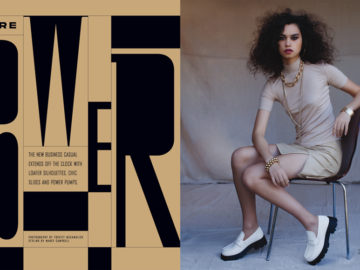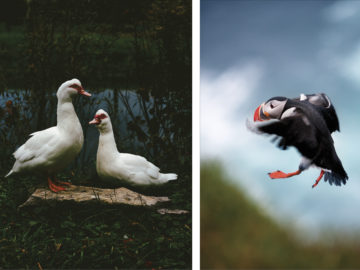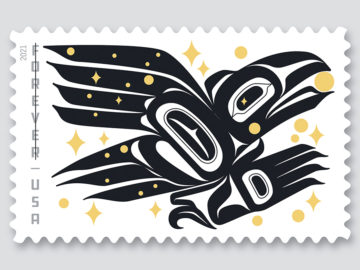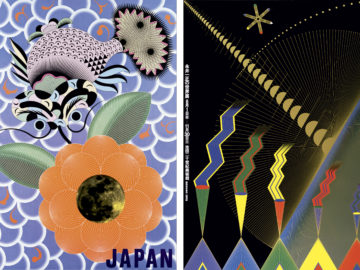In graphic design, few names resonate with the depth and conviction of Armando Milani. His mentor, Albe Steiner, instilled in him a profound respect for the ethical dimensions of design, shaping his approach to serving the community. In his Graphis Journal intro, Giuseppe Liuzzo, a distinguished graphic designer and educator, offers an intimate glimpse into Armando’s world—a world where images speak volumes, and a poster becomes a narrative of peace. Armando’s career is not just marked by his famous “Peace vs. War” dove or his letter to Greta Thunberg; it’s defined by a relentless pursuit of understanding and a passion for teaching that transcends the conventional. In a career spanning over six decades, Armando continues to be a beacon of inspiration, urging us all to reflect on our destiny through the power of visual storytelling.
Introduction by Giuseppe Liuzzo, Graphic Designer & Coordinator of Graphic Design BA, IED Milano
Talking about Armando is always a stimulating challenge. His uncanny skill and proficiency in visual communication make words superfluous, as his images convey concepts and stories with stunning clarity. However, I want to talk about the human behind these images or at least give you my perspective on him. Armando stands out as one of the rare masters who, despite his successes, maintains an eternal student-like curiosity. This innate thirst for knowledge drives him to engage anyone in conversation, in any social context, with a constant desire to understand the evolution of the world. This understanding flows into his outstanding visual works, which are transformed into astonishing concepts and stories. A vivid memory is linked to a hot Saturday afternoon, when together we created the iconic poster of the hummingbird, a symbol of “Speak vs. React,” completing a triptych started by his famous “Peace vs. War” dove adopted by the UN in 2002. I remember that a rare light shone in his gaze, reserved for a few individuals, and it was fascinating to observe him collecting images and ideas: that poster was already taking shape in his mind, and he longed to share it with the world with the passion of a neophyte and the wisdom of an expert. His charming yet determined words still ring out as we collaborated with students on the design of the emoji tic-tac-toe game poster, a visual transposition of his letter to Greta Thunberg. Despite his vast experience and deep knowledge, he listened very carefully to all of the young students’ ideas, asked them questions, and only after having obtained the answers did he share his thoughts. His teaching and professional methodology go beyond the simple “method,” highlighting his commitment to having others explore their past to stimulate them to reflect on their future. Armando is a friend who embodies his involvement in his own story, guiding you towards contemplation of your/our destiny. He remains constantly attentive to global events and sensitive in representing and communicating them. Despite the passage of time, he retains a young and fresh mind, standing as a beacon to which one turns to learn how to design a perfect visual metaphor. Through his EcoHumanity initiative, he has given the world a vital and broad concept, interpreting graphic design as a narrative tool to significantly improve society. For such a friend, the words “thank you” may never be enough, but I offer them nonetheless with deep gratitude.
